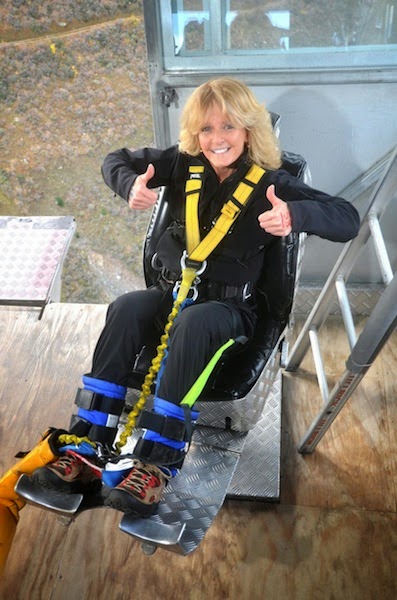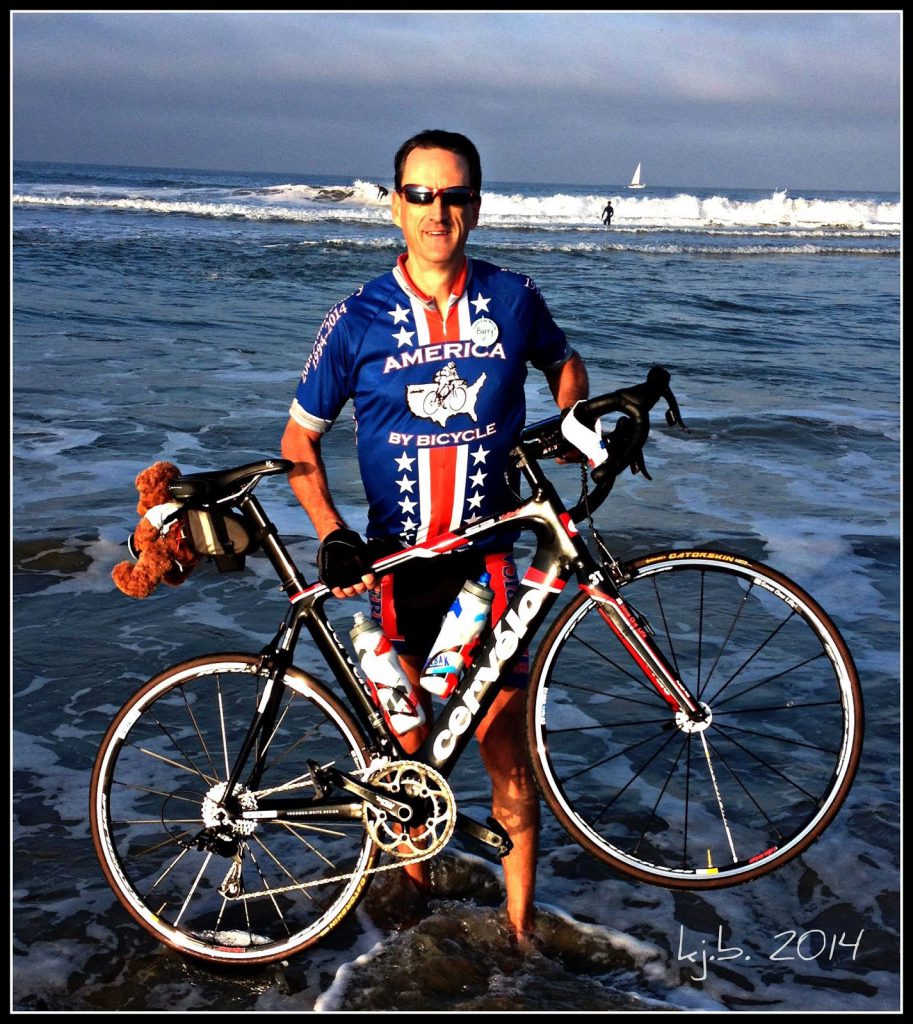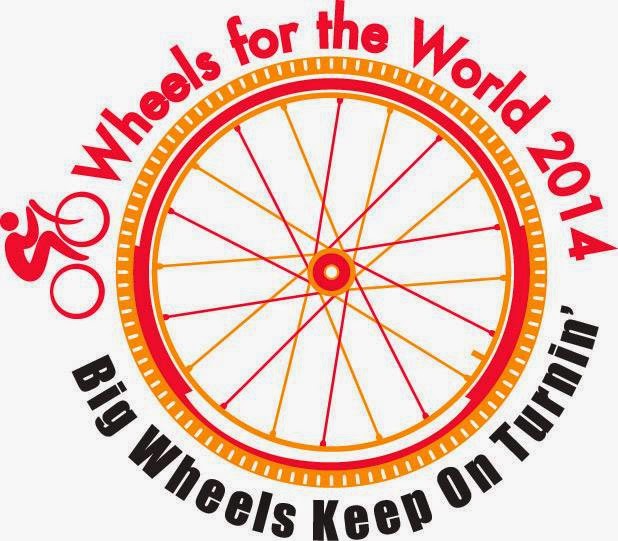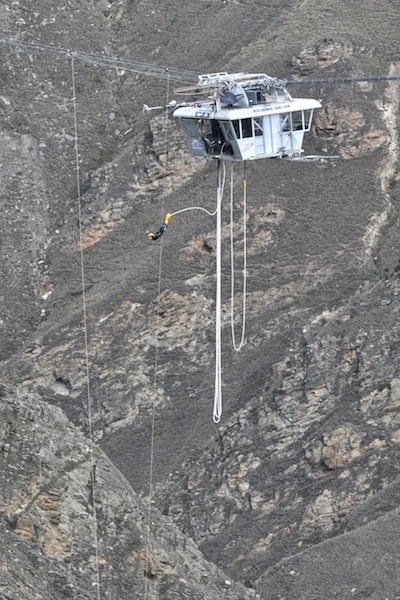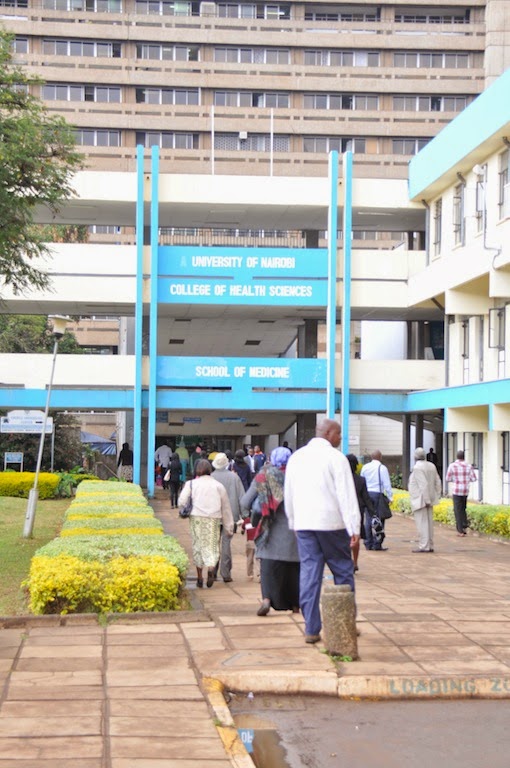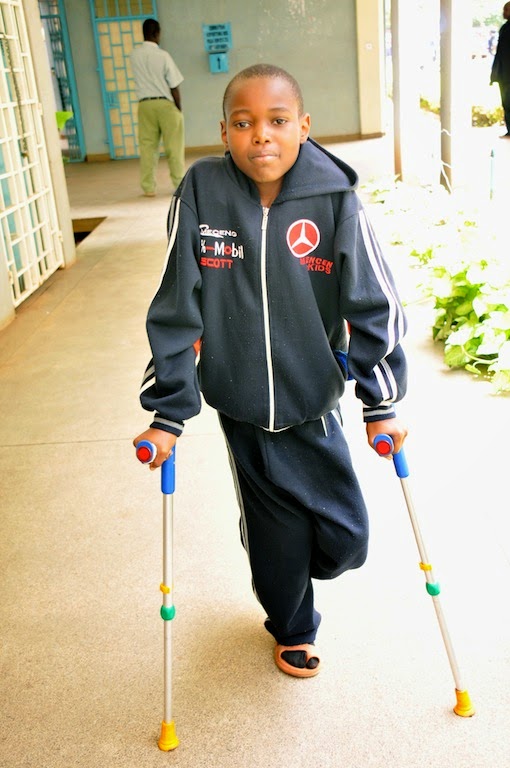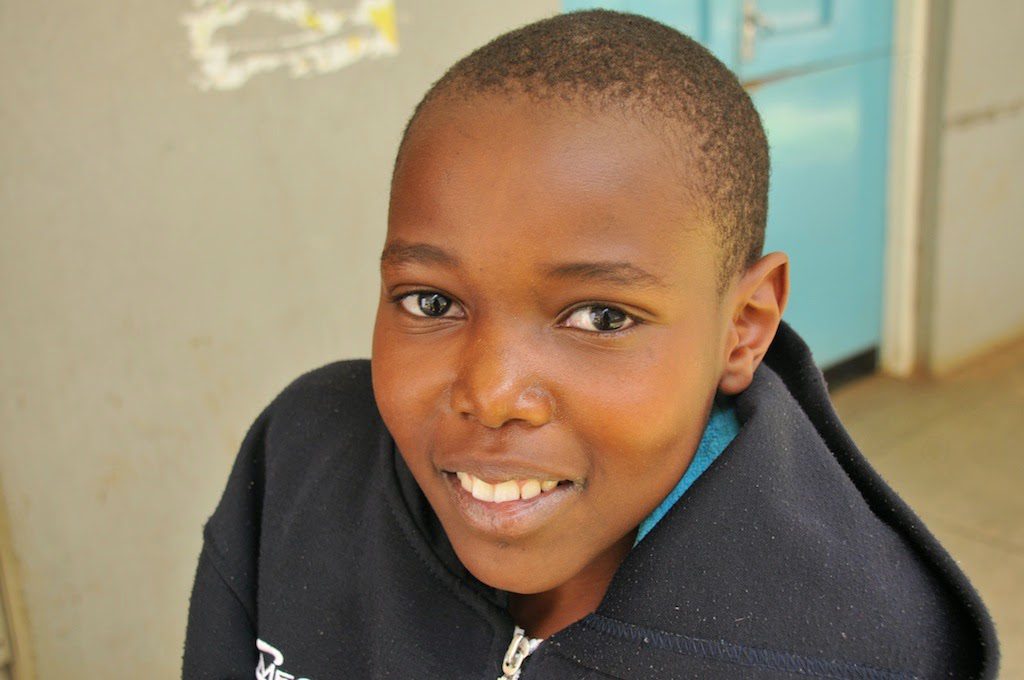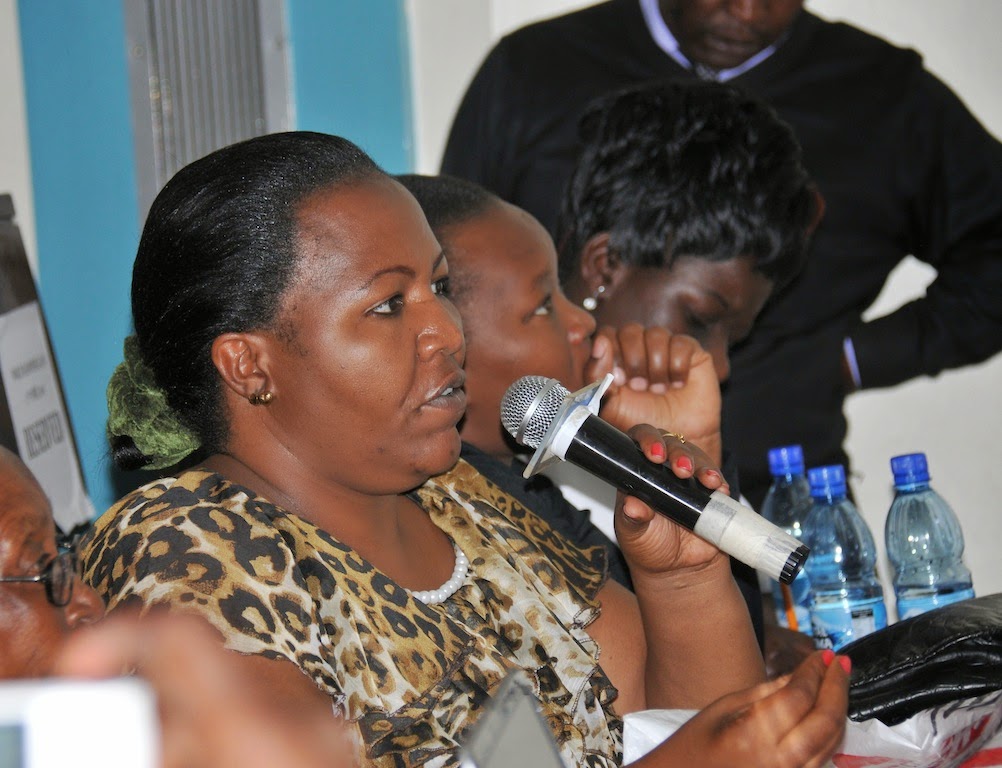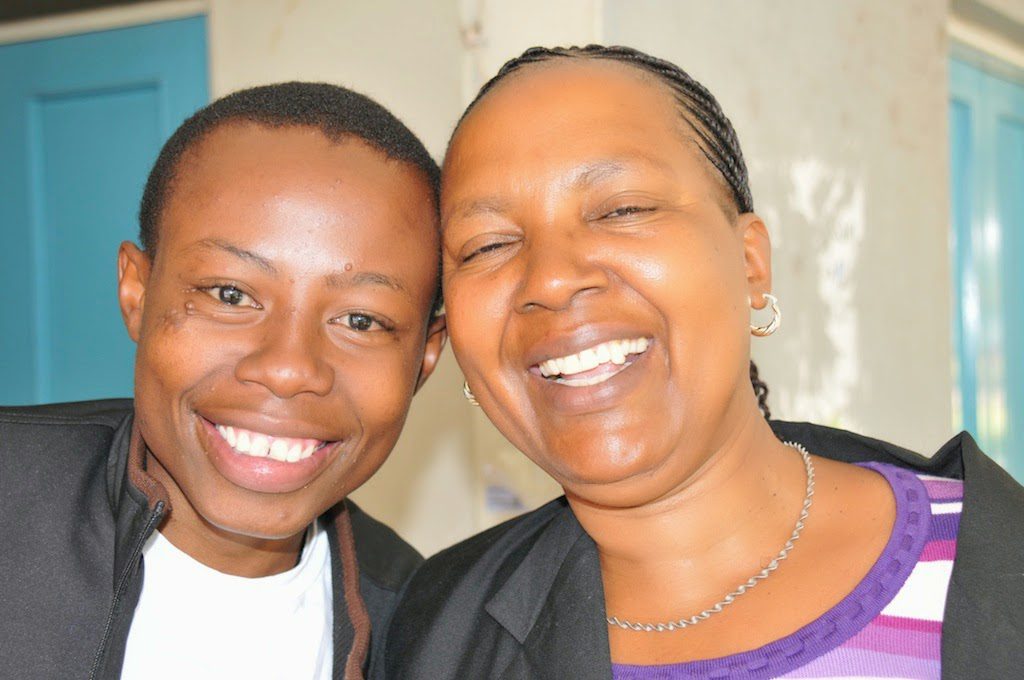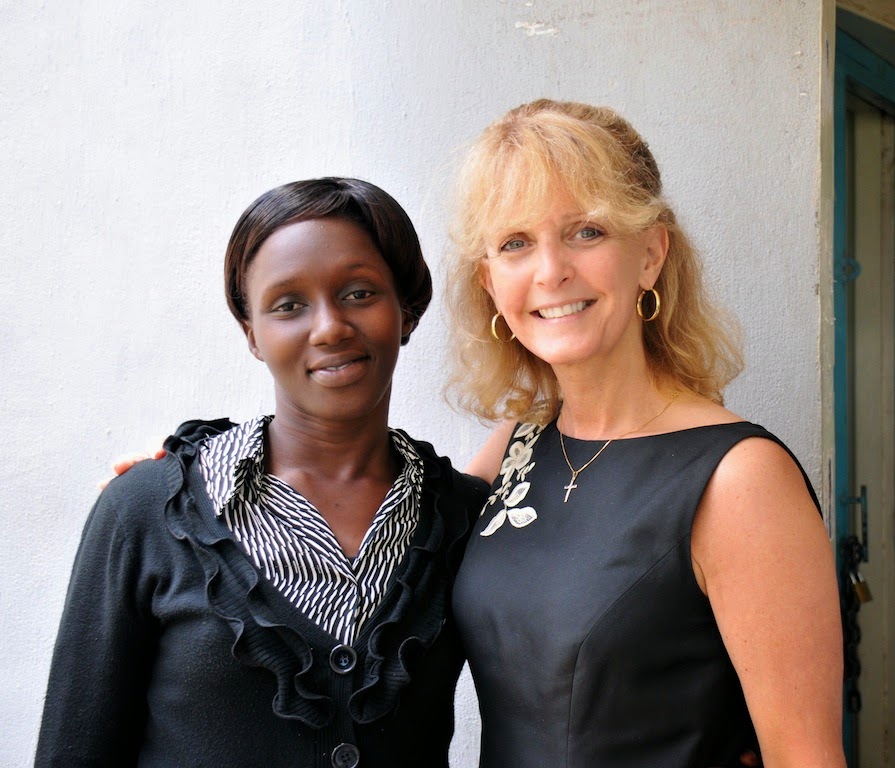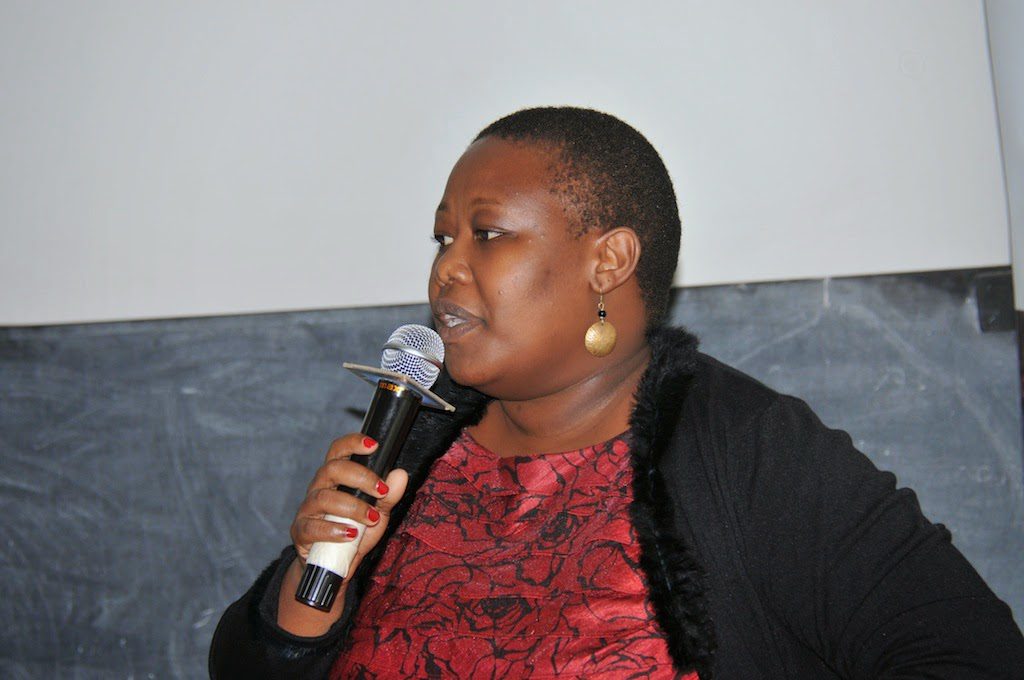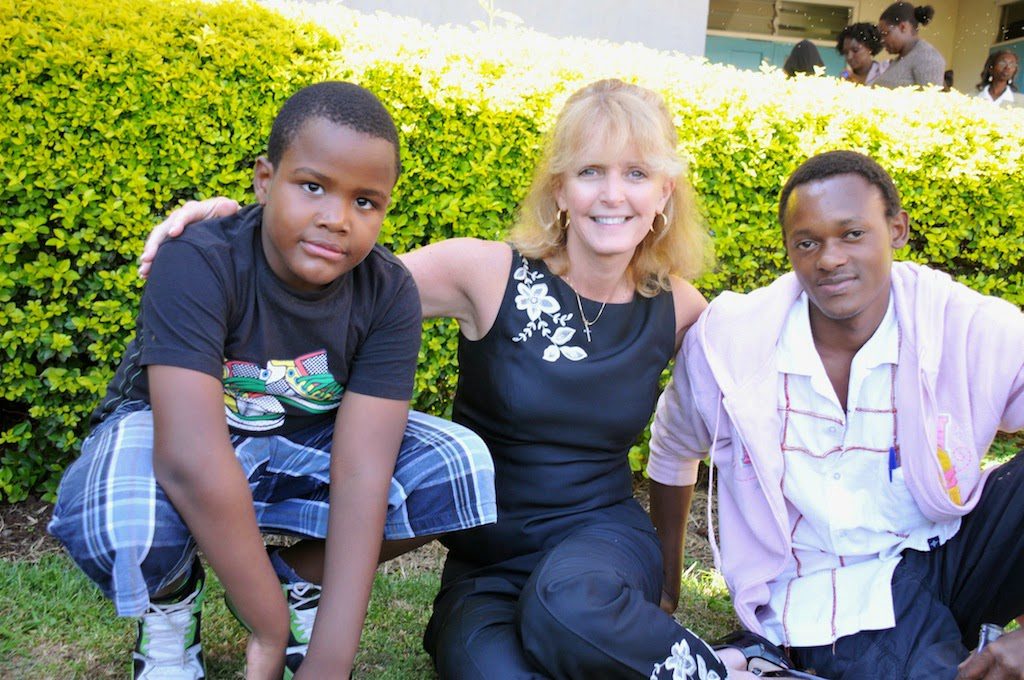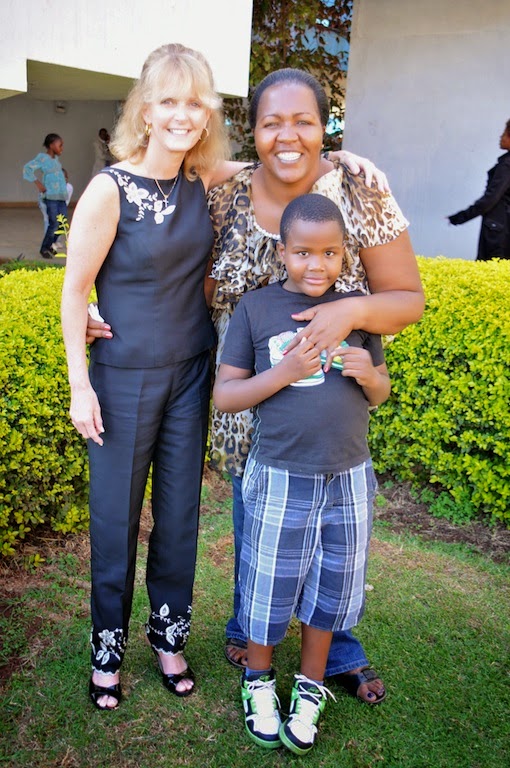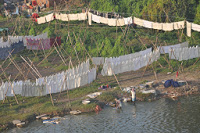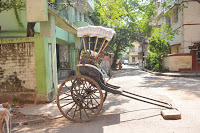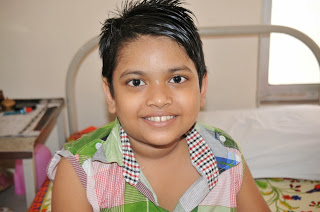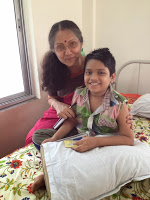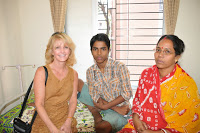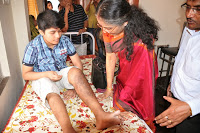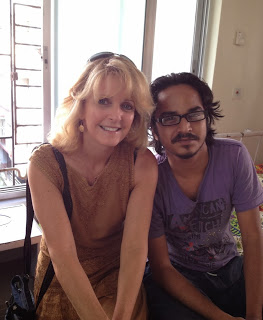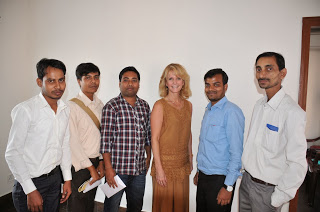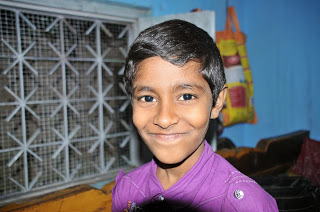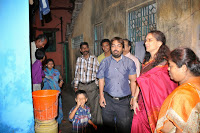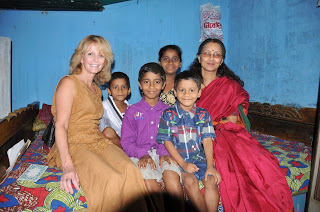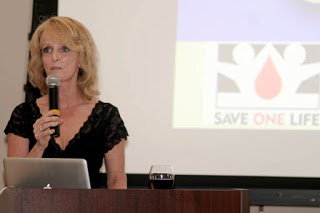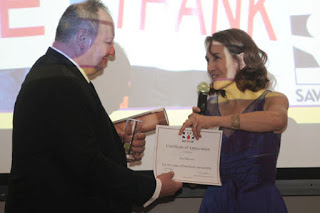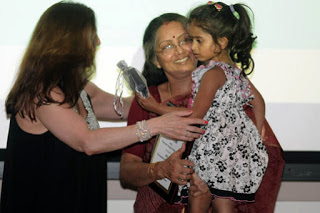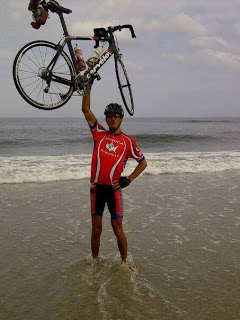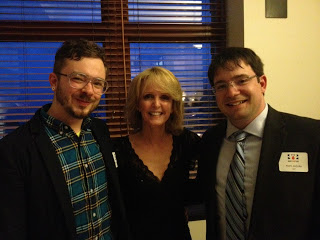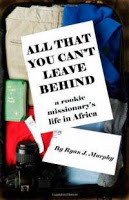Summit 4: Heart of a Lion
Three more to go, the last being the breathtaking Mt. Everest. Congratulations, Chris!
Chris’s climbs benefit Save One Life, the nonprofit I founded to help children with hemophilia in developing countries. So he not only climbs for personal challenge, but to advance hemophilia care for those who have none. Heart of a Lion!
Please read this excerpt from his blog, and visit “Adventures of a Hemophiliac” to read the rest of the story, and about his upcoming climbs! (Thanks SO much to ASD Healthcare, Reliance Factor of America and BDI Pharma for supporting Chris’s climb!) Visit www.SaveOneLife.net to learn more.
Denali/Mt. McKinley Part 2: Lower Glacier to 14,000ft
We woke up at 3 A.M. the following day and the weather looked great. We packed up camp, organized all our gear, and headed out. Luckily, the team that left the night before broke trail up Ski Hill and we moved quite easily. We found the other group camped not far from where we last saw them. They must’ve been exhausted and had to camp there. Another AMS team left a few hours before us so the trail was also broken most of the way. About 3/4 of the way to 11,000 camp we passed the other AMS team descending back to Camp 1. They cached their gear and were heading back for the night. From there on out it looked like we would be breaking trail. Melis lead to the cache and when we arrived we decided to pick up ALL of our gear and head up the final hill. I was feeling good until this point. Then things changed quickly.
From the cache we only had a few hundred feet of untracked snow to make it to the rest of the trail. These few hundred feet were the worst of the entire trip. I was second on the rope team following our guide Mike. He charged into the fresh snow and was moving quickly. I was trying to step opposite of him so that the snow would be packed down evenly for the others. It was brutal! We were sinking knee deep in snow on snowshoes! I think I would’ve been able to handle it but the pace was too fast for me. Instead of asking Mike to slow down I tried to tough it out. I failed. By the time I said something my legs were dead and we still had the entire hill left. The next 2 hours were brutal. I asked for more breaks and my legs finally came back. We made it to camp and I hoped that was the worst day I would have on the mountain. I knew from then on I would be more vocal about how I was feeling. There is no shame in asking for a break or slowing down the pace a bit.
We had a much needed rest day after our move to 11,000ft camp, at least much needed for me. It was an infusion day and I really wanted to do it outside with the amazing views around. Unfortunately, the weather didn’t cooperate and I was restricted to my tent. The infusion went well and I was ready to roll for our next trip up the mountain. If you want to see the video of my tent infusion check out my Facebook page.
With my body restored I was ready to tackle our next goal, caching gear near Windy Corner on the trail towards 14,000ft camp. We ditched the sleds for this part of the climb which was amazing! I would much rather have a heavier backpack than pull a sled. At this point of the trip we really started climbing the mountain and weren’t just making the approach. Distances between the camps weren’t as great but the elevation gain was pretty much the same. Our first obstacle was Motorcycle Hill. This is where I really felt like I was climbing a mountain. The terrain started getting steep and strangely I started to feel stronger. We knocked out Motorcycle Hill quite nicely and turned up Squirrel Hill. As we were climbing Squirrel Hill our guide informed us of the massive cliff just out of site. That definitely heightened my senses and made me focus even more on every step. A massive avalanche slid over a cliff on the other side of the valley. I have never been so close to a slide and you could really feel the power of it. It was a great reminder that the mountain is always in control.
The weather kept improving throughout the day and when we cached we had an amazing view. It’s always an amazing feeling being on a mountain above the clouds. After we buried our cache we headed down. As we descended Squirrel and Motorcycle Hill I was in the lead of our group. The view was absolutely breathtaking and up to that point, it was my favorite day on a mountain. I felt strong again and confident that this was going to be a great trip. That night we got word that another storm may roll in. We built up wind walls around our tents and prepared to be there for awhile.
The wind picked up overnight and some snow fell but it wasn’t as bad as we thought, but still not great to move in. Melis thought we were going to be stuck for the day until the clouds suddenly started to break. Our guide made a few satellite phone calls to make sure this break would last and decided we needed to pack up and go for it. We took down the tents in the late morning and were on our way to 14,000ft camp just after noon. The trail was harder due to the new snow but we still made great progress. As we reached the top of Squirrel Hill the wind started to pick up and we knew we needed to get around Windy Corner as quickly as possible. Lets just say I get why they call it Windy Corner. We didn’t pick up the rest of our cache this time but we did stop and grab our helmets off the top as we passed the corner. The wind was howling. I grabbed my helmet, continued walking, and then waited for my teammate behind me to put his helmet on. It seemed like it was taking forever. As I glanced back to see what was going on, a freezing gust of wind and blowing snow slammed against my face. I could barely make out my teammate and just turned my back to the wind. The next 10-15 minutes of climbing around Windy Corner were brutal. Then as we crossed onto the 14,000ft side of the corner, the mountain turned peaceful. It was an amazing transformation. We continued on to camp which was still a few hours away. We pulled in around midnight, set up camp, cooked some food, and crashed hard. Another tough, tough day on the mountain. We were now in a fantastic position to get up the mountain and I really felt great at this point.

